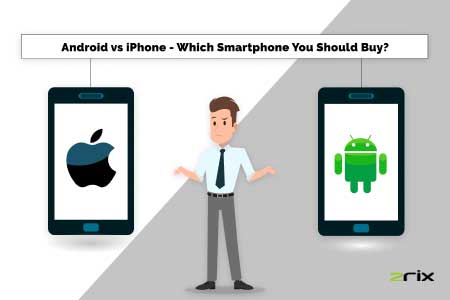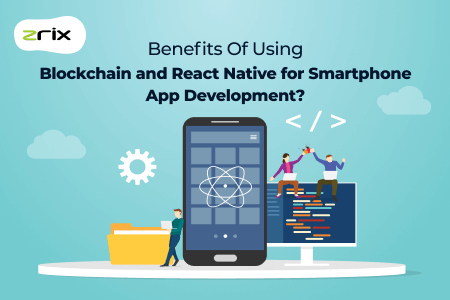Interactive, responsive design, extended UI/UX, and multi-screen multi-functional facilities are some characteristics to describe foldable smartphones. The flexible screen is an important one for which consumers would spend money.
Motorola, Huawei, Samsung, Xiaomi, etc. are investing heavily in the production of foldable phones. Recently, in 2020, Motorola launched Moto Razr flip flop foldable-screen phone, but at a very high price.
In 2019, Samsung launched an Android foldable smartphone that raised our eyebrows. These flexible display options devices use electronic paper technology (Electrophoretic or Electro-wetting) and are attracting people.
Foldable phone screen size is twice the size of our regular smartphones. As a result, these flip-flop phones allow developers to create better applications for multi-window screen smartphones.
Quick Navigation
2019 is the year where foldable devices became a hot topic of discussion among mobile manufacturers. Today, every Android mobile manufacturer company is in the race, while there is no news for foldable iOS devices!
According to trends in these foldable devices, several screen alignments, screen aspect ratio, and technical advancements are top requirements. Almost 80% of work is already complete in the top mobile manufacturers.
But, the main problem is for mobile app developers! Daily hundreds of responsive apps that can adapt to any screen size come in the market. However, the question is, "Can apps adjust to foldable smartphone screens?"
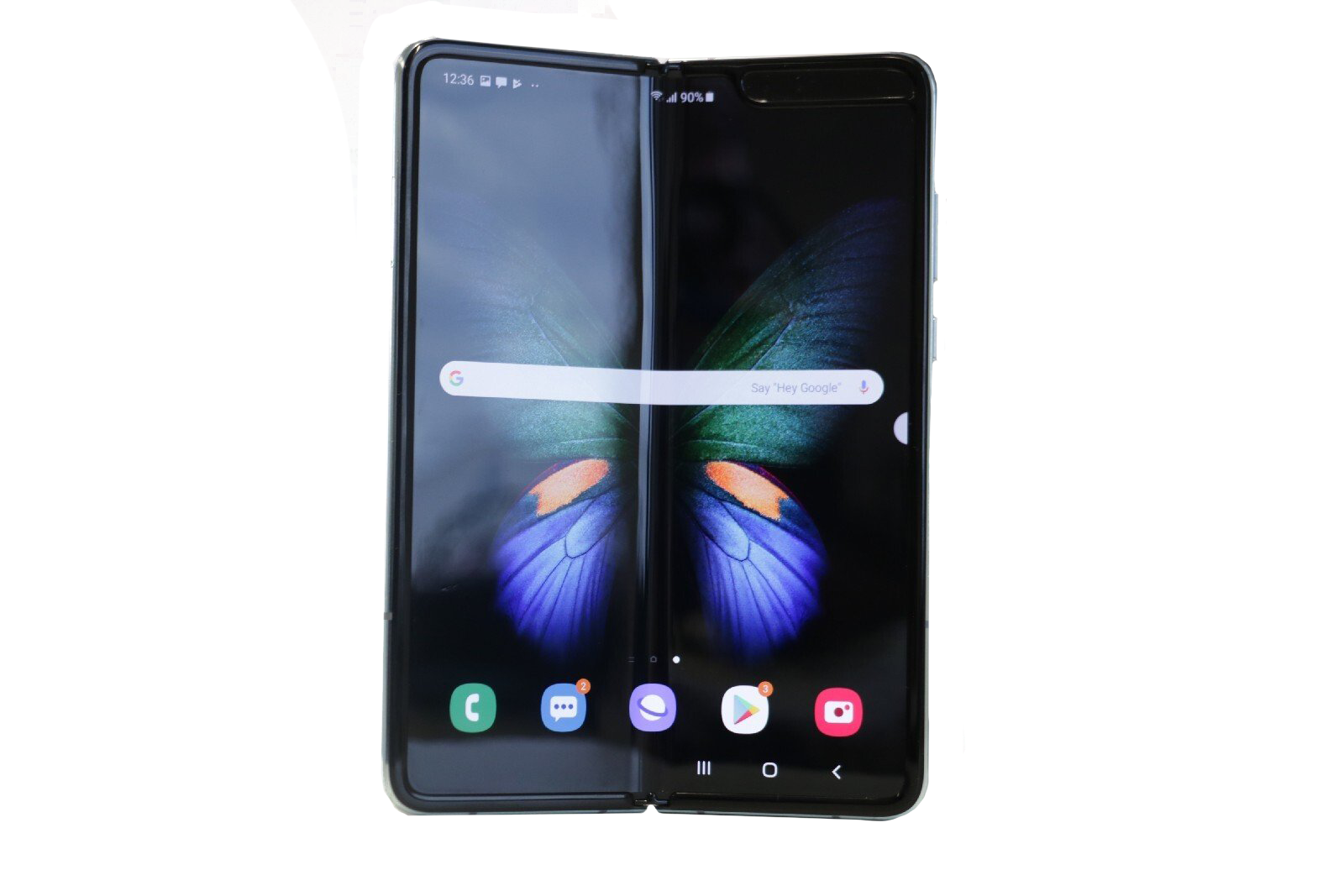
At the times when the users are accepting hassle-free apps in a single screen mobile phone, it is difficult for the developers to develop apps for foldable screen smartphones.
According to the statistics, we believe that by 2022, there will be 50.1 Million foldable smartphones from 3.2 million in 2019.
At present, in the mobile app development industry, the biggest challenge is for the developers who have to redesign a new foldable phone UI (user interface) to match with the folding screen. Today, in this article, you will learn, “how to develop apps for foldable smartphones?”
If you already have an answer, then do mention in the comment section, "how to design apps with the same GUI but in different modes?"
Otherwise, contact one of the best mobile app development companies in USA that promises to improve apps for hassle-free functioning in foldable phones with innovative and intuitive app designs, foldable phone UI, interactive, and responsive screen experience.
Impact of Foldable Phones on App Development Process?
Everything has a positive and negative impact The foldable Android smartphones also have problems in them! Though it appears that the developers need to recreate UI/UX in mobile applications, it is not that easy.
New smartphones are flexible with more screen space, better orientation, and larger screen sizes while increasing user expectations. More space means more design creativity to create a highly immersive experience for the user using the app.
Because phones will have larger screens, integration of new features is a must in apps like a video-streaming app, banking app, calculator, gaming app, messaging app, or any other.
Like any ideal mobile app, new apps in these new foldable mobile phones must give glitch-free, error-free, supersede experience. And doing it is not a regular task because a lot more will go into making apps for these phones!
Suppose if the developers can overcome the challenges by using new technological advancements and the Agile app development process, the next challenge will be to develop such phones at low prices.
Additionally, the simultaneous testing of multiple windows & multi-screens is a big task. Hence, the question is, "Are our systems in the league to collect all feedback and responses properly from the users in the development of such costly phones and their applications?"
How to Develop Apps for Foldable Phones?
App development for the new foldable phones is quite different. Also, the effort, money, time that undergoes in making apps for foldable is more compared to regular phone apps.
Below, we have listed some screen adjustment techniques for foldable phones. Once done with these, you can choose any mobile application development framework for developing apps.
For making Native apps, use React Native app development services, for making Hybrid apps, use Phonegap development services, and for Cross-platform apps, use Flutter app development or Xamarin applications development services.
Two States: Unfolded and Folded screens are the two states of every folding smartphone. In the folded state, the phone looks like a traditional smartphone that we are using right now. But, the unfolded state is where the phone transforms into a tablet, giving enlarged screen size and extra screen space. In this state, the user gets enriched experience as he/she can perform multiple actions simultaneously accessing different apps.
One or Two-Handed App Design: States discussed above can change the entire mobile experience, even the way we hold the device. Presently we can hold smartphones in our one hand, but with the foldable device, we will use both the hands. The design dynamics will change, and the UI/UX elements will be within the thumb and fingers.
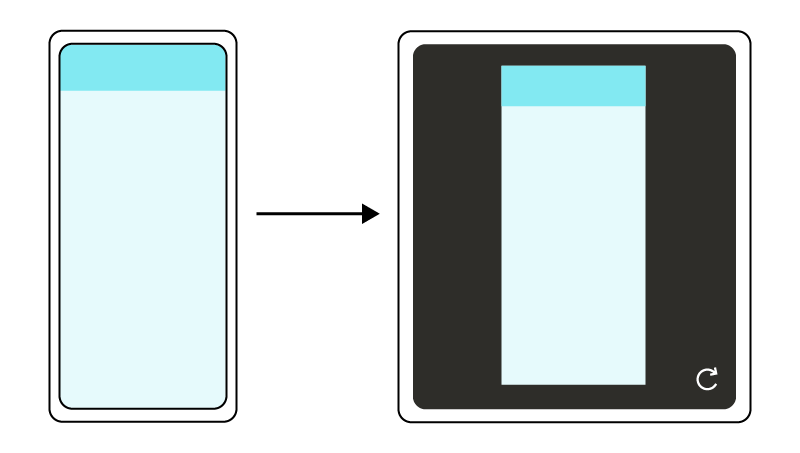
Multi-Window: A foldable smartphone enhances our multitasking capability. It means the designers and developers must prepare a function where different windows related to different apps on the same screen works well. It is a multi-window life cycle where you can run at least two apps side-by-side at the same time. This foldable technology is galactic to share content from smartphones.
Screen/App Continuity: The user must move from folded to unfolded state and vice versa quickly. There should be less design change and app flow ambiguity! The transition between folded and unfolded should remain seamless, and the app must resume in the same state. To get maximum compatibility in the applications to screen, try making a resizable app via dynamic resizing.
Screen Ratios: Android 9 and 10 supports a wide range of screen aspect ratios. If you want to run apps in foldable phones, new screen sizes are required. For the sake of compatibility, test every app on as many screen ratios as possible. Use the minAspectRatio and max aspect ratio that the app can handle.
Multi-Display: We already told you about Android 11 supporting multi-screen. Between multi-displays, users can pass the app from one display to another. Additionally, an app must specify the display and screen ratio before starting on the phone. Thus, the app developers have to update the layouts while taking care of screen activity according to the app context.
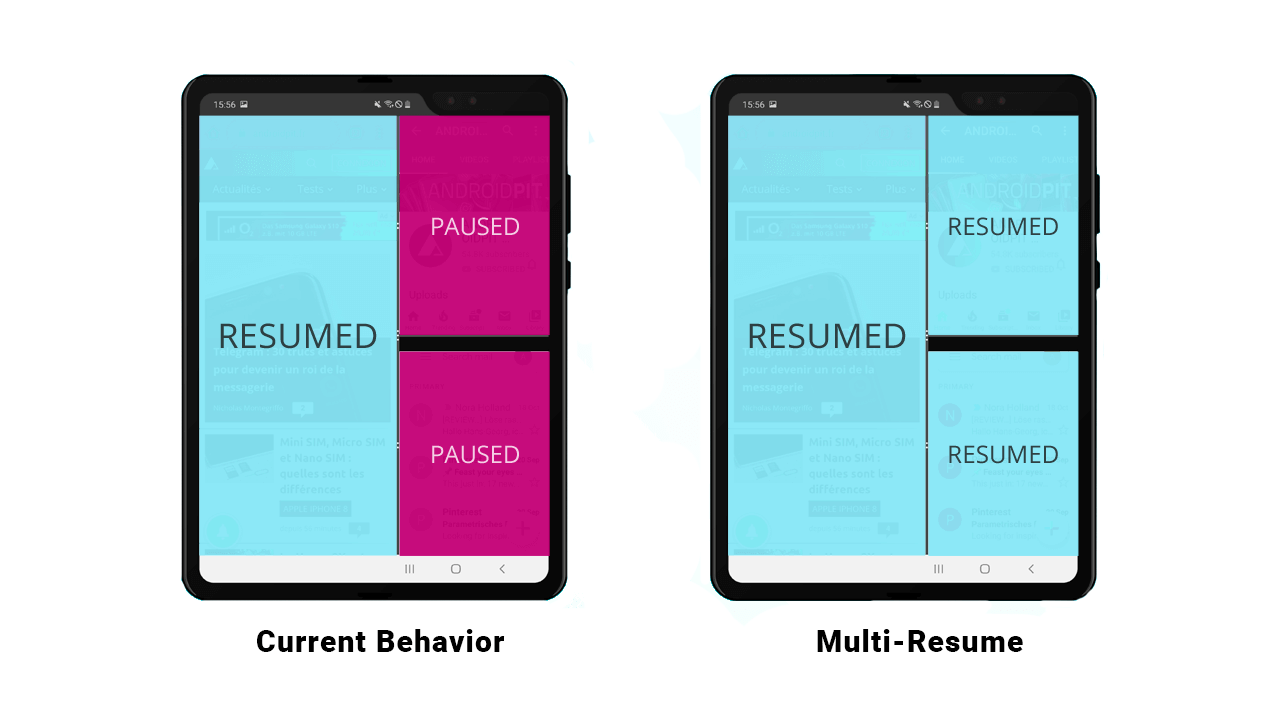
Things Which Developers Should Take Care Before Developing Apps For Foldables
- A foldable app should be resizable equipped with multi-display, multi-resume, a multi-window mode in any screen aspect ratio.
- Developers must allow multi-finger navigation in the foldable smartphones as it would enhance user experience. Also, the developers' focus must be on multitasking such that switching between windows on the screen is easy for the users.
- Developers must try that the screen ratios and screen states are easily adjustable as per the device to enrich the experience.
- Try making a quality app that offers the best features and functions and lets users enjoy whatever they do in their foldable smartphones.
- Lastly, a developer must test the app very accurately and strictly!
How Can CMS Website Services Help?
We are an innovative tech and IT service provider with a strong presence in different technologies like Blockchain, Internet of Things, Artificial Intelligence, website & mobile software/apps development, AWS, Microsoft Products & Solutions, CRM, ERP, healthcare automation, 5G, and many others.
With the help of you can hire Android app development company in USA to make the best apps for foldable smartphones. We are all prepared to convert all traditional applications into foldable applications.
Before you leave this post, do give your feedback about the article in the comment section below!

